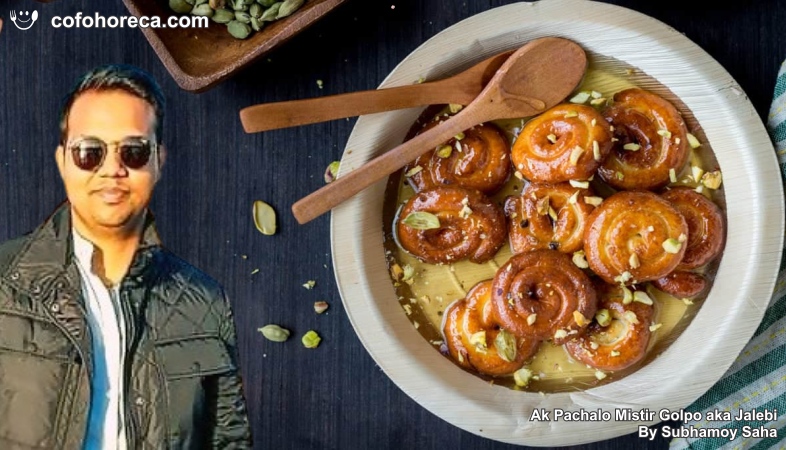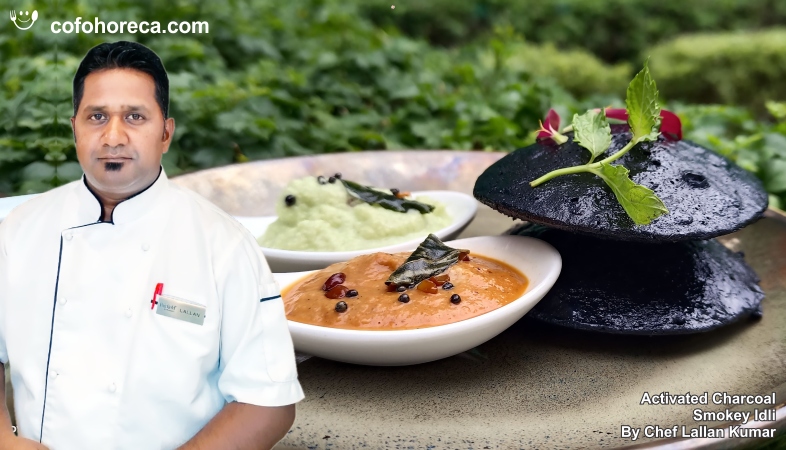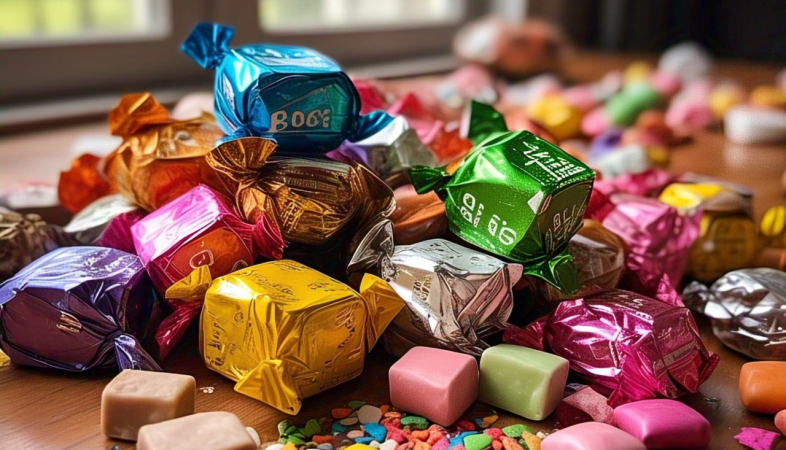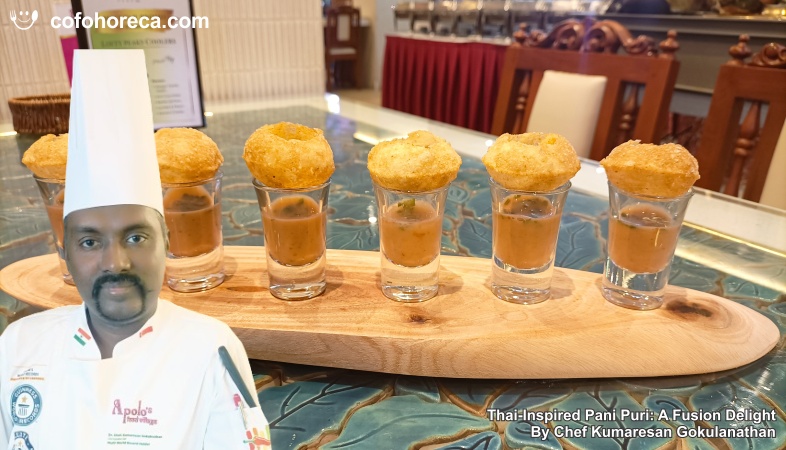Ak Pachalo Mistir Golpo aka Jalebi - By Subhamoy Saha
Although not originally created in India, the recipe has traveled a long way and become an integral part of Indian dessert culture.
Jalebi,
known as Jilebi in Southern India and Jilapi in West Bengal, is renowned for
its coil-shaped, crisp texture that is carefully soaked in a sugar syrup, often
flavored with rose water and saffron. This delectable sweet is best enjoyed
piping hot with pooris and sabzi, alongside a samosa, with a piping cup of hot
milk tea (chai), or with a dollop of rabdi on top.
For ages, Indians have blindly loved this sweet, especially during special occasions. However, it may come as a surprise to learn that Jalebi is not originally Indian. Research reveals that the origins of this delightful treat are linked to the Middle Eastern Zalabia or the Persian Zulbia.
The oldest recipe for Zulbia appears
in the 10th-century Persian cookbook 'Kitab al-Tabikh' by Muhammad bin Hasan
al-Baghdadi. It is also mentioned in another 10th-century Arabic cookbook by
Ibn Sayyar al-Warraq. Zulbia remains a popular dessert in Iran, especially
during Nowruz (Persian New Year).
There is a notable difference
between Zulbia and Indian Jilapi. Zulbia is characterized by an asymmetrical floral
pattern, while Jilapi features a series of circular coils. Additionally, Zulbia
is soaked in a syrup made with honey and rose water, whereas Indian Jilapi is
soaked in a simpler sugar and water syrup.
Since its introduction to Indian cuisine, Zalabia has become an inseparable part of festival desserts. The 15th-century scripture 'Priyamkarnrpakatha' by Jain author Jinasura mentions how the dessert was popular among wealthy merchants, marking the first mention of the transition of Zulbia into Indian cuisine. Other ancient texts, such as the 17th-century Sanskrit text 'Gunyagunabodhini,' list ingredients and recipes for this dessert. Some Indian texts refer to it as Jalavallika or Kundalika, commonly served at weddings and celebrations. 'BhojanaKutuhala,' a 16th-century recipe and food science book by Raghunath, also includes a mention of this sweet.
Although not originally created in
India, the recipe has traveled a long way and become an integral part of Indian
dessert culture. Over time, Jalebi has evolved into various regional forms,
including the heavy-weight Jaleba from Indore, Chanar Jilipi from West Bengal,
Mawa Jalebi from Madhya Pradesh, Khowa Jalebi from Hyderabad, and Imarti or
Jhangiri from Andhra Pradesh. Each variation offers a unique taste experience,
proving that this beloved sweet can never disappoint. So, what’s holding you
back? Go grab a few and enjoy!
.png)




























